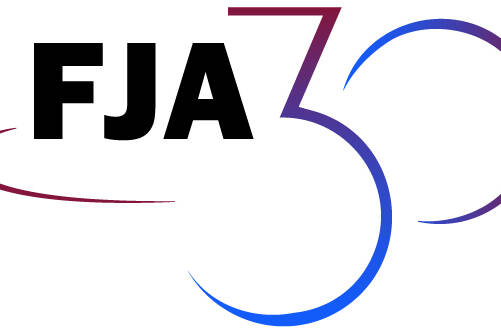Health insurance is a complex product in the best of times. When health insurance regulations keep changing, the complications increase exponentially. To keep up, health insurance carriers need a nimble system that enables them to adjust quickly.
Regulatory Changes and Uncertainty
It’s been said that the only constant is change, and that adage seems especially pertinent to health insurance regulations.
Medicare has seen changes to star ratings calculations, the value-based care model, physician payments, telehealth flexibilities, and more. Put together, the impact on carriers, brokers, and members is significant. In fact, McKinsey & Company says Medicare Advantage is currently undergoing the biggest changes in more than two decades.
The new administration almost inevitably will introduce additional changes. The Biden administration enhanced ACA subsidies, which resulted in higher enrollment numbers. However, KFF says these enhanced subsidies will likely disappear by the end of 2025. CMS has also proposed a new rule, called the Marketplace Integrity and Affordability Proposed Rule, that seeks to curb improper enrollments by strengthening the income verification process and modifying eligibility redetermination procedures, among other things. According to KFF Health News, policy experts say the changes could reduce enrollment by making it harder for people to sign up.
Even bigger changes to the ACA, Medicare and Medicaid may lie ahead under a Republican-controlled House, with multiple options being considered to reduce spending. The extent of changes is unknown, but it is expected that the healthcare landscape will continue to be in flux, and the uncertainty is keeping carriers on their toes.
What Can Health Insurance Carriers Do?
Health insurers need to be able to adapt to this accelerated, ever-shifting regulatory environment while keeping costs down, maintaining member satisfaction, and staying competitive.
There are a lot of moving parts that all need to come together. When a new regulation is finalized, products need to be analyzed, affected plans need to be updated, and compliance with the new regulations must be ensured. Carriers also need to ensure that their pricing is competitive and that their claims system and other downstream systems reflect these changes accurately.
If you’re using outdated or fragmented systems to implement multiple regulatory changes quickly, that may sound challenging, especially if you have a large number of plans to update and manage. Expanding your workforce may seem like the main option, but that’s hardly ideal – and not just due to the cost. Hiring and training workers is a substantial investment. If you only need these workers temporarily or sporadically, you might not see a good return on that investment.
Investing in technology that can help you navigate these changes efficiently provides a much better long-term solution for your organization.
Zeroing In on the Tech Tools That Matter
Businesses leaders are being inundated with new technology options, but it’s critical to stay focused and choose capabilities that actually solve everyday challenges.
To keep up with shifting regulations, ask whether the system:
- Can update benefits across multiple plans simultaneously. This is a huge timesaver, especially for carriers with a large number of plans. It also minimizes the potential for human error by minimizing the need for data entry.
- Facilitates updates of the plan benefit limits, rules, and coverages in a single view. Having to switch back and forth across different documents, systems or pages makes updates more complicated, time-consuming, and introduces the risk of error. User-friendly configuration processes should allow non-technical users to make updates without waiting for IT or vendor assistance.
- Supports CMS compliance. For Medicare Advantage carriers, CMS plan filings are a hurdle, but the right system will generate and submit filing materials automatically to ensure adherence to critical deadlines and drastically reduce the risk of error. For ACA carriers, auto-generation of filing docs can eliminate manual entry inefficiencies and mistakes.
- Provides traceability, auditing, and version control. Whenever there are updates, it’s essential you can trace the changes easily to quickly pinpoint any questions or concerns, as well as have an auditing workflow in place for appropriate controls and approvals. These are essential features for managing ongoing changes
- Enables connectivity. Integration with downstream systems is a must to ensure speed to market.
Is Your System as Flexible as It Needs to Be?
It’s difficult to discern what the future will hold for health insurance regulations. However, in light of the current political landscape, it’s safe to say that more changes are coming. Is your system nimble enough to navigate these changes? If it’s not, FJA can help. We’ve built a cloud-enabled, modular platform and product repository designed to simplify your operations. Learn more.
Related Posts
November 24, 2025
Reinsurance at a Turning Point: RAPA Reflections
Today’s reinsurance market sits around $220 billion. Within the next decade,…
October 14, 2025
FJA Launches All-in-One Reinsurance Solution to Simplify Treaty Management
FJA, a leading provider of insurance technology, has added a reinsurance…
October 7, 2025
The Documentation Dilemma: Navigating Complexity in a Changing Landscape
In the world of health insurance, documentation is both a regulatory necessity…


